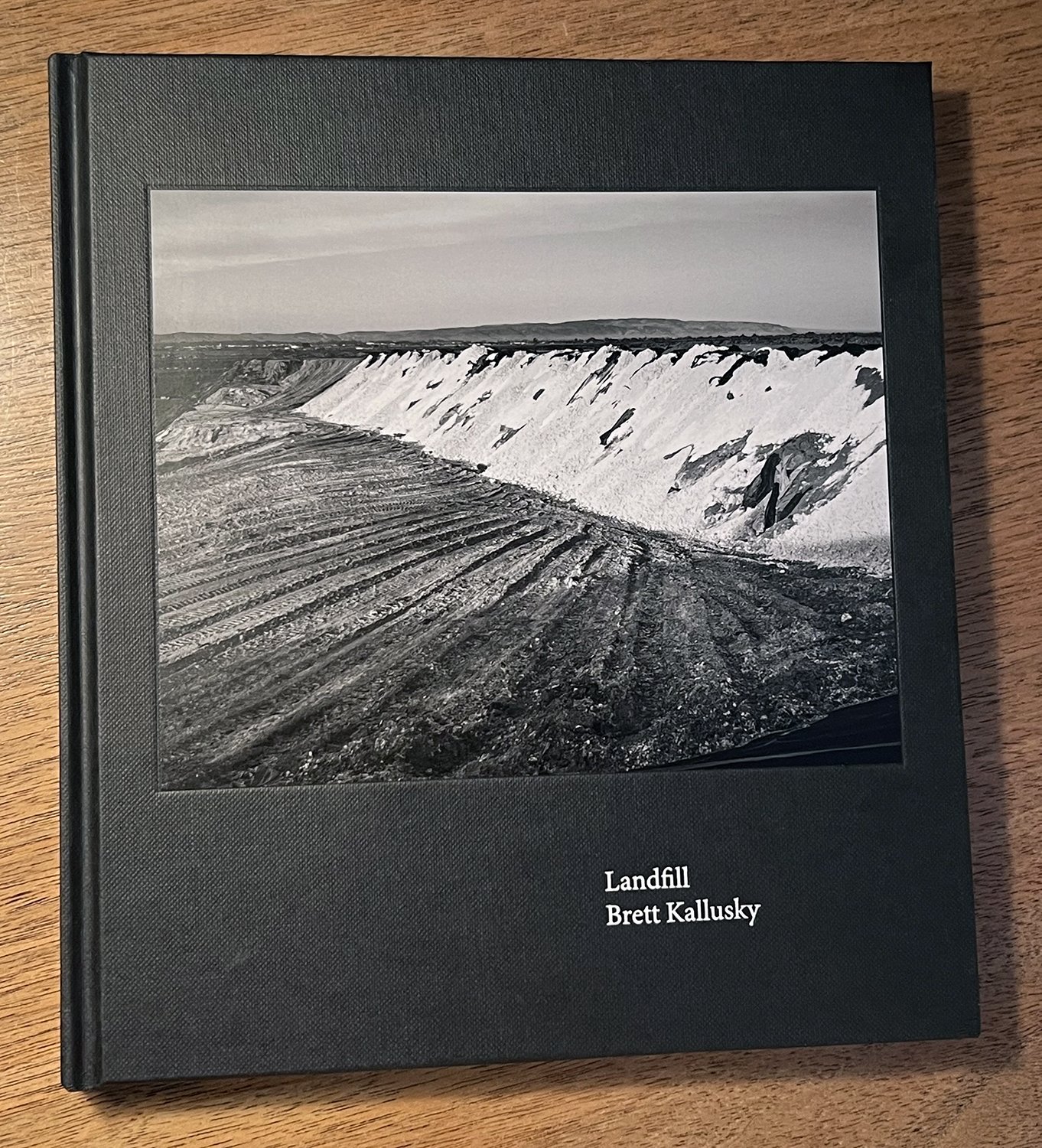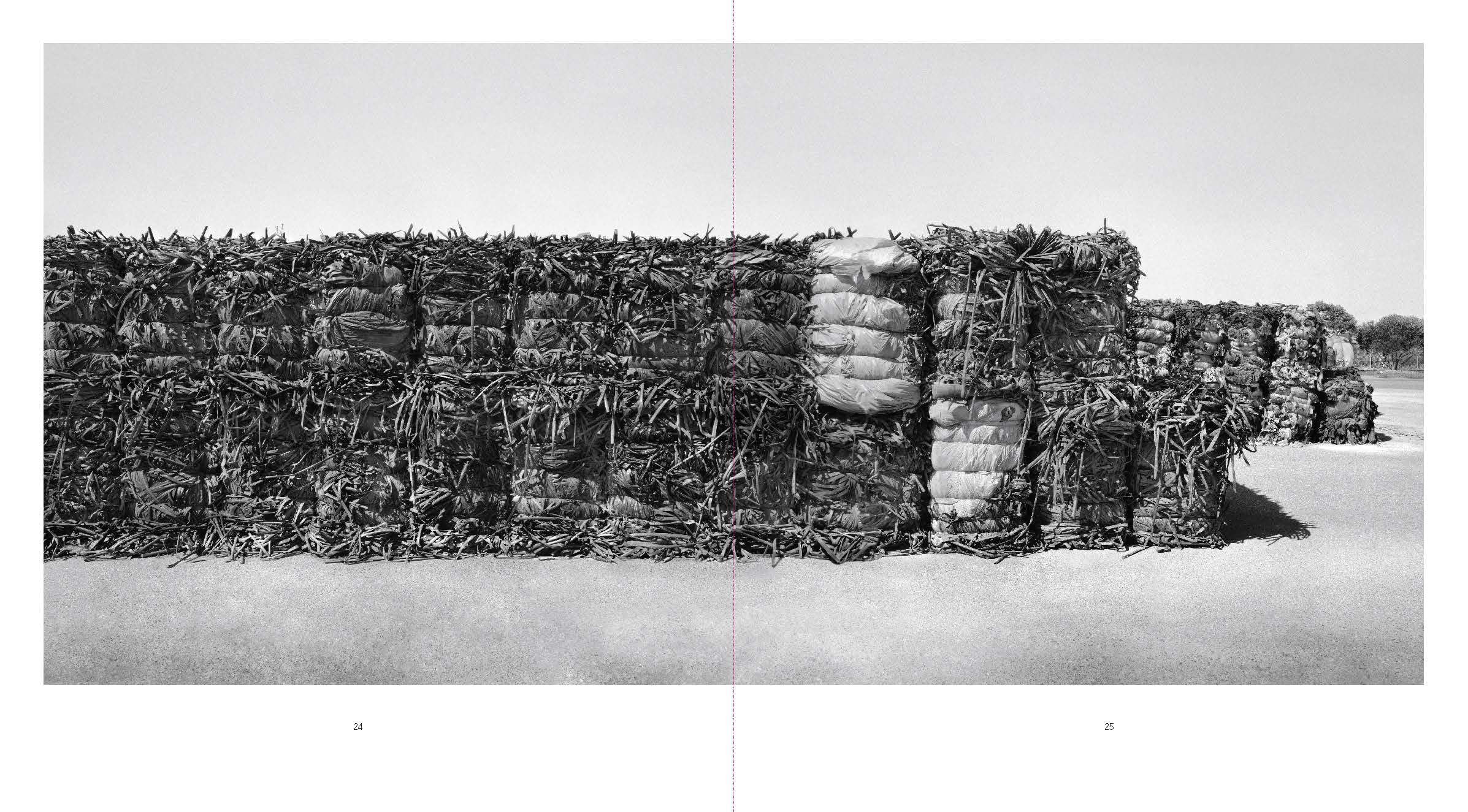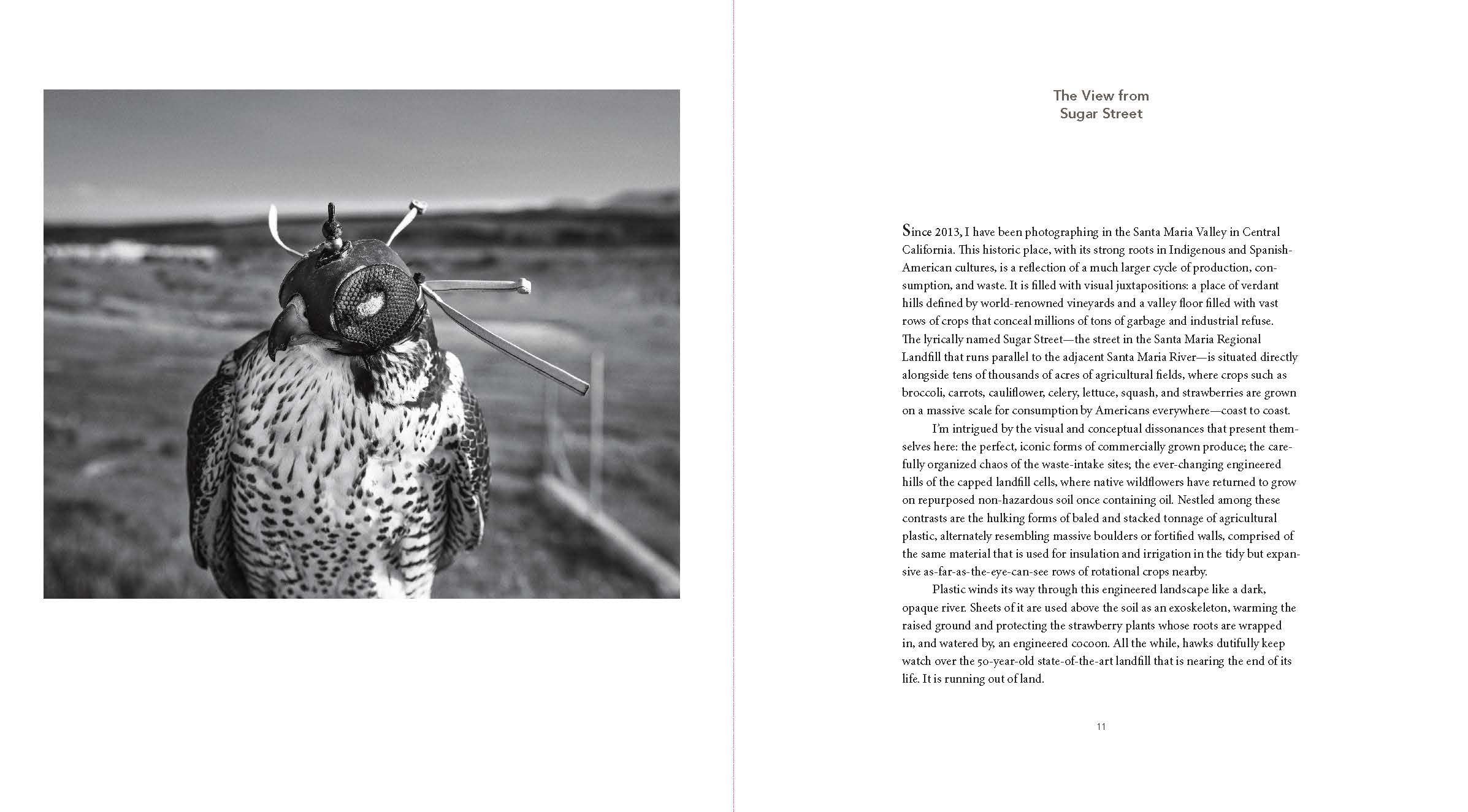Book Review: “Landfill” by Brett Kallusky
A couple of decades ago, I spent a short amount of time at a resort in Avila Beach at the suggestion of a friend who'd stayed there previously. It was a small town not far from the also small community of Santa Maria, California. This is the Central Coast of California and an unsung landscape that most drive through on their way north to San Francisco or south to Los Angeles. I distinctly remember making a wrong turn somewhere and drove down a road I had no business going down. Before stopping and checking in at the resort, I wanted to see if there was anything nearby worthy of a photograph. Granted, these were the days before Google Maps and smartphones, so wrong turns just happened at times. I also had a tendency to ignore "No Trespassing" and "Permit Only" signs, so hey, it was par for the course when it came to me looking for pictures to make. I found myself at the end of a fenced-off road that entered a property with an oil company logo on a signpost. Turning around and also rolling down my window to look behind me while backing up, I smelled the unmistakable scent (ok, it just stunk) of oil in the air. To be in what I thought was a pristine area was, in all actuality, not that at all. Now, mind you, there is still a whole of greatness to this area, but I simply had the misfortune of finding a pocket of land that seemed more oil field than paradise. It was just surprising to me, so when I came across Landfill from photographer and educator Brett Kallusky, I learned that what I experienced was just the tip of the iceberg, and the Santa Maria area had some dark secrets to it that are, for the most part, obscured from most. However, they are there, and this agricultural landscape contains some pretty striking scenes of waste, filled with plastic, and the not-so-stellar results of what's left behind. This book is filled with images of industrial waste, manhandled landscapes, irrigation, frequent dumping of trash, and the disposal scenes of each aspect.
Landfill is yet another document of the unfortunate effects of the ongoing climate crisis and what humanity has left in the wake of progress. Kallusky refers to this as an "Elegy for the Santa Maria Valley," and it is precisely that. This is a project he started in 2013, and it is exactly as stated–this is a profound reflection of a landscape that deserves better. On the bright side, I'm quite happy to see that this part of the Central Coast is receiving some love, as it is a remarkable and serene destination to remove yourself from the constant grind of modern life. Kallusky does it right and photographs this project in a very deliberate and composed manner. Using a large format black and white process, he moves meticulously through this landscape, creating imagery that can feel both unseemly and beautiful simultaneously. This is no easy feat and is only achieved through a substantial knowledge of his subject and a dedication to getting it right. He has successfully documented a landscape unknown to most and brought it to the forefront of the environmental conversation.
There is an afterword written by Matthew Coolidge that substantially delves into the history of this unique region that needs to be absorbed to appreciate the magnitude of what Kallusky has achieved with this book. For myself, even knowing some of this previously, I found the inclusion of this text to be highly informative and beneficial to the story being told with this project.
Some of the other nuts and bolts aspects of this monograph find me marveling at the quality of the black and white reproductions on every page throughout. Kallusky is adept at capturing the essence of each scene, making a stunning photograph, so it is worth mentioning that his efforts are held up in the production of this book. The publisher, George F. Thompson Publishing, was previously unknown to me, and now I want to spend some time exploring what else they have produced. I love finding new diamonds in the publishing field, so this was a pleasant surprise. The design and the aforementioned printing quality are simple and solid, creating the perfect foundation for the imagery within its covers.
I am often interested in bodies of work addressing climate change, biodiversity, and the environment, so this immediately appeared on my radar. This would be an especially appealing collection of photographs and texts to anyone with even a passing interest in such topics. Kallusky's photography is the standout aspect of this book, as it should be, and he makes the unpalatable quite beautiful without pulling any punches.






Landfill by Brett Kallusky
Photographer: Brett Kallusky
Afterword by Matthew Coolidge
Format: Hardcover
Pages: 96 with 46 duotones by the author, 1 historic photo,1 Google Earth photo, and 1 map/plan = 49
Dimensions: 8.0" x 8.875" upright/portrait
ISBN: 978-1-938086-87-8
Published: February 2022, George F. Thompson Publishing
Distribution: Casemate/IPM
Published in association with the Minnesota State Arts Board and the Center for the Study of Place.
Click Here to Purchase!
Click Here to Purchase!
ABOUT THE REVIEWER
Michael Kirchoff is a photographic artist, independent curator and juror, and advocate for the photographic arts. He has been a juror for Photolucida’s Critical Mass, and has reviewed portfolios for several fine art photographic organizations and non-profits in the U.S. and abroad. Michael has been a contributing writer for Lenscratch, Light Leaked, and Don’t Take Pictures magazine. In addition, he spent ten years (2006-2016) on the Board of the American Photographic Artists in Los Angeles (APA/LA), producing artist lectures, as well as business and inspirational events for the community. Currently, he is Editor-in-Chief at Analog Forever Magazine, Founding Editor for the photographer interview site, Catalyst: Interviews, Contributing Editor at One Twelve Publishing, and the Co-Host of The Diffusion Tapes podcast.










Analog Forever Magazine Edition 11 includes interviews with Robert Stivers, Chad Coombs, Binh Danh, and Susan Goldstein, accompanied by portfolio features of Amisha Kashyap, Vaune Trachtman, Montenez Lowery, Kayhan Jafar-Shaghaghi, Blake Burton, Michael Stenta, William Mark Sommer, and Beihua Guo.